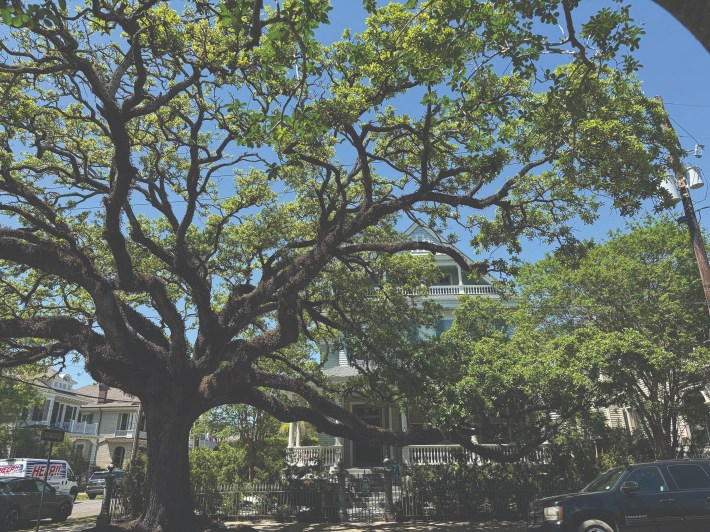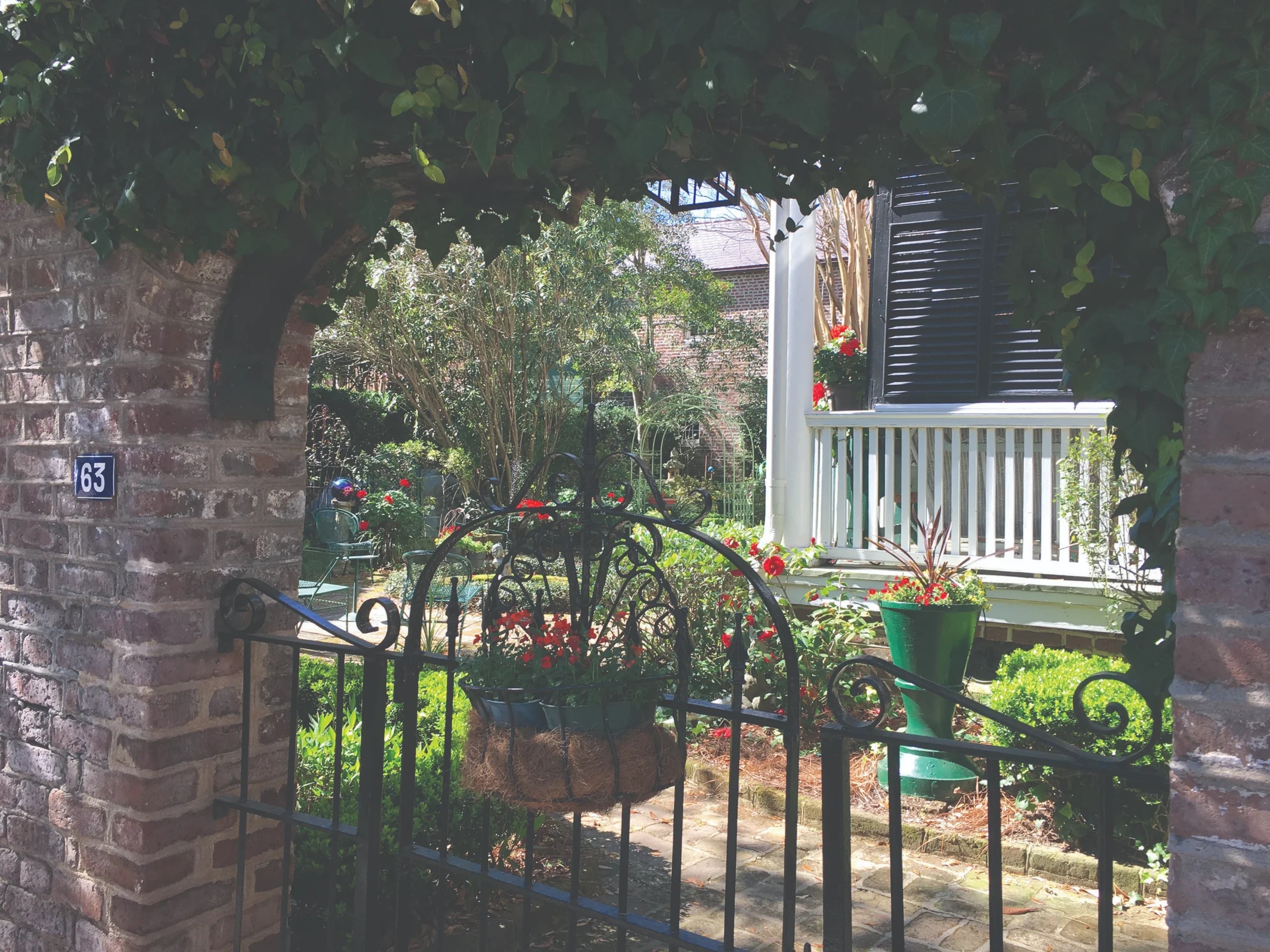On a recent visit to New Orleans, I joined a walking tour through the Garden District and adjacent Irish Channel. It was led by longtime resident and tour guide Walter Thomas, a New Jersey transplant.
What unfolded wasn’t just an architectural history — it was a meditation on place: on architecture, green space and the passage of time.
New Orleans reveres its historic architecture and urban fabric — and protects both.
The Garden District is celebrated for its extraordinary concentration of antebellum mansions, many built between 1838 and 1900 on what was once the Livaudais Plantation.
These homes rose in the decades after the Louisiana Purchase, when the United States acquired one-third of the continent for $15 million — roughly 3 cents per acre at the time, or about 80 cents per acre in today’s dollars. That purchase included most of present-day Minnesota.
What makes the district compelling isn’t just the grandeur of its columned facades. It’s how the neighborhood holds a layered story of daily life, prosperity, decline, class, migration, industry and aspiration.
The nearby Irish Channel, with its Creole cottages and shotgun doubles once home to dockworkers and laborers, is also a protected historic district.
In New Orleans, preservation extends beyond mansions. It includes working-class homes, local businesses and community traditions — the full story of a city.
In Minneapolis, the Hill & Lake neighborhoods are no strangers to historic significance, yet most are not currently protected.
From the grand homes of Mount Curve to the early 20th century apartment buildings along The Mall Park, these blocks reflect the lives of people who have lived here for more than a century.
But if we only preserve the showpieces — the architectural equivalents of hoop skirts and top hats — we risk flattening our story.
The alley garages, worker homes, corner stores and multifamily dwellings along remnants of old streetcar routes are equally part of our heritage. These quieter layers reveal the lives of teachers, tradespeople, artists and newcomers — the people who made the neighborhood function and flourish. Their contributions deserve not just remembrance but respect in planning and preservation decisions.
The choice to tear down or protect isn’t only about buildings. It’s about how a city sees itself. In the end, those choices shape identity.


New Orleans extends the same care to its landscape.
The Channel and the Garden District are linked by jasmine-, magnolia- and primrose-filled gardens, shaded sidewalks and Magazine Street, where historic buildings now house locally owned shops, restaurants and residences.
In New Orleans, even cracked sidewalks are tolerated and retrofitted for ADA compliance if needed, so the massive roots of live oaks — which define the streetscape — can be preserved.
We paused under magnolias and marveled at Doric columns, ironwork balconies and quirky garden ornaments, including decorative pineapple and pinecone finials that symbolize welcome and wisdom.
These small moments, layered over time, create a kind of visual dialect unique to the place.
The ironwork itself deserves special reverence. Cast and wrought iron fences in the Garden District aren’t just decorative; they are defining features. Each one tells a story — from elaborate Greek Revival scrollwork guarding a sugar baron’s mansion to simple horse-hitching posts in front of a rowhouse.
These fences create rhythm, scale and identity. They mark boundaries without severing connection — a design idea worth revisiting in our own streets and front yards.
In Minneapolis, our walnuts, maples and bur oaks face quieter but no less pressing threats — from climate change and invasive species to redevelopment.
Let’s treat our tree canopy as a living monument, every bit as worthy of protection as a Queen Anne gable or Prairie School window.
And let’s not overlook the cumulative beauty of sidewalks, gardens, fences, trellises, shrubs, trees, lawns, parkways, boulevards and layers of planting that shape the pedestrian experience.
Landscape architecture isn’t just an amenity. It’s a form of storytelling — a connective tissue that enhances continuity and character.
A call to preserve our sense of place before it’s lost.
Preserving that layered narrative isn’t just about honoring the past — it’s about fostering belonging and meaning in our shared future.
As Minneapolis reshapes itself under the 2040 Plan, with lot combinations and teardowns that could threaten entire blocks of historic housing — much like what happened in the mid-20th century in the neighborhoods to our east — maybe it’s time to ask a different question:
What if we established a conservation or historic district to protect our remaining architectural and cultural fabric before it’s gone?
Since being designated a National Historic District in 1974, New Orleans' Garden District has had a design review process for all exterior alterations — with one notable exception: paint color.
That may seem minor, but it illustrates how a preservation framework can be rigorous without being rigid. Residents can still express their individuality while respecting a district’s historic character.
Our community might take note. We can adopt thoughtful design standards without stifling personality or progress.
And what better place to start than the Hill & Lake neighborhoods, where the city’s urban story still speaks through a variety of intact prewar architecture — from single-family homes to multifamily dwellings, many of which offering naturally occurring affordable housing, and tree-lined streets?
If we don’t act, it could all disappear — just like so many other places in Minneapolis that have already been lost in the name of so called progress.






